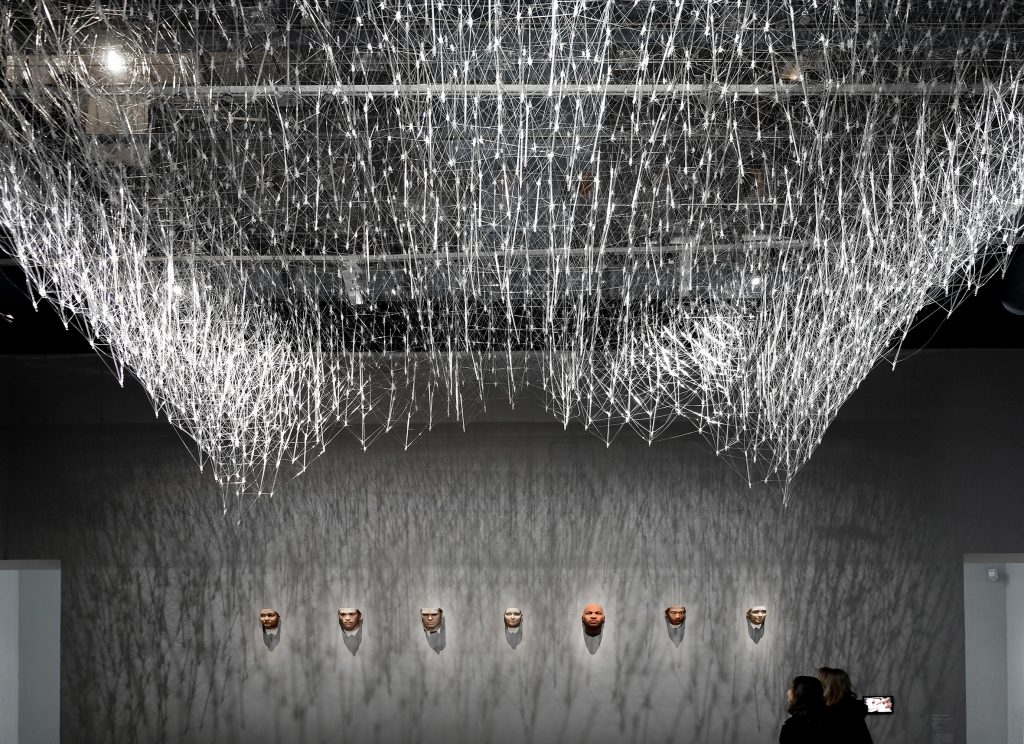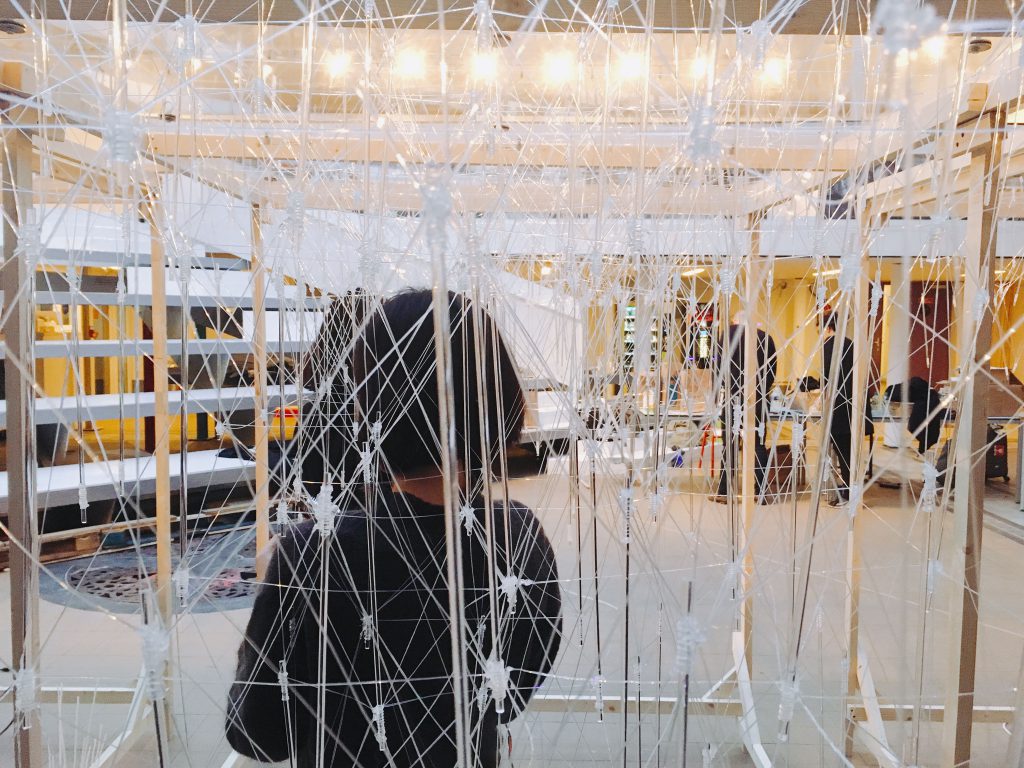TーADS is proud to announce the work of alumni Kevin Clement and Anders Rod is being featured at the Centre Pompidou Museum in Paris, France. The exhibit, originally conceived as the Harvesting Plasticity graduate research project, is a hanging work featured as a part of the Mutations/Créations event. The event aims to bring together design, architecture, and music.
This work is included as a part of the Imprimer le Monde exhibition, a collection of works exploring the use of the digital for 3D creations.
Mutations / Créations
Imprimer le Monde, A Collective Exhibition
Centre Pompidou, Paris, France
15 March – 19 June, 2017
Galerie 4, level 1
(Mutations / Créations details via Centre Pompidou)
Project Credits
University of Tokyo Advanced Design Studies Unit (TーADS)
Professors: Yusuke Obuchi, Kengo Kuma, Manabu Chiba
Core research: Kevin Clement, Anders Rod
Project Coordinator: Kevin Clement
Project Team: Jiang Lai, Deborah Lopez, Hadin Charbel, Mika Portugaise, Chen Xiaoke, Ruta Stankeviciute, Hirokazu Tei, Wu Ziyi, Alric Lee, Nathalia Rotelli, Emi Shiraishi, Veronika Smetanina, Tom Moss, Yang Ao, Tyler Mcbeth
Jun Sato Lab
Professor: Jun Sato
Project Team: Mika Araki, Ying Xu
Video Production: Deborah Lopez, Hadin Charbel
Special thanks to: Kengo Kuma and Associates, The University of Tokyo Department of Architecture
École Spéciale d’Architecture











